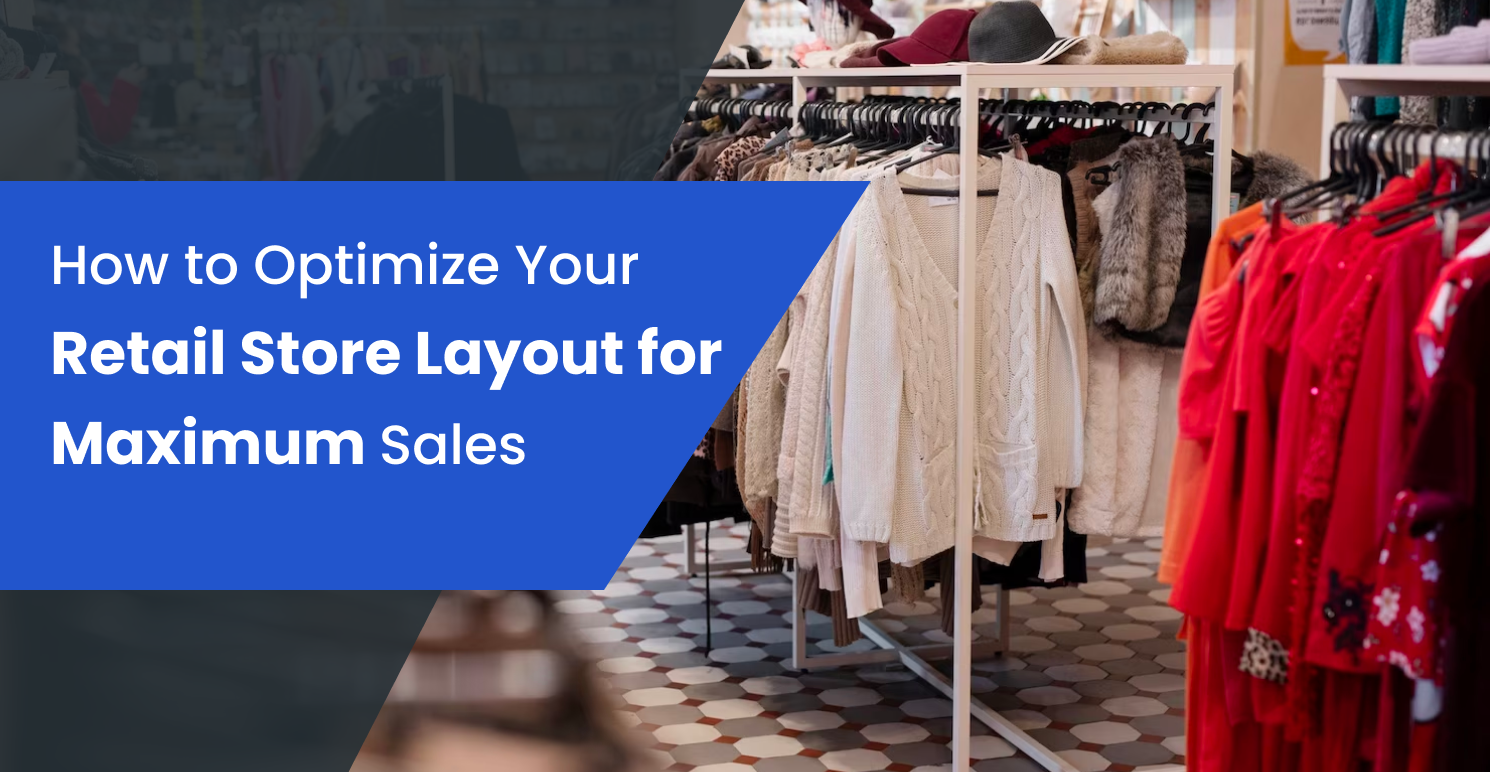How to Optimize Your Retail Store Layout for Maximum Sales

Optimizing Your Retail Store Layout for Maximum Sales
A well-designed retail store layout can significantly impact sales and customer satisfaction. By strategically arranging your store's layout, you can guide customers through a compelling shopping journey, encourage longer stays, and ultimately boost sales. Here are some key steps to consider:
-
Define Your Store's Objectives: Before designing your layout, determine your primary goals. Are you focusing on promoting specific products, enhancing customer experience, or increasing impulse buys? Your objectives will guide the entire layout process.
-
Plan a Logical Flow: Arrange your store in a way that naturally directs customers from the entrance to the checkout. Use a path that exposes shoppers to high-priority areas and popular products. This prevents congestion and ensures an efficient shopping experience.
-
Eye-Catching Window Displays: Create visually appealing window displays that showcase your best products or promotions. A compelling display can entice passersby to step inside and explore further.
-
Utilize the Decompression Zone: The entrance area, known as the decompression zone, should be open and inviting. Avoid placing high-demand products here; instead, use it to provide an overview of your store's offerings.
-
Strategic Product Placement: Place high-margin or popular items at the back of the store to encourage customers to walk through the entire space. Place essential items near the rear, so shoppers have to navigate through other products to reach them.
-
Create Clear Aisles: Ensure your aisles are wide enough for easy movement, and use signage to guide customers to various sections. Avoid clutter to prevent overwhelming shoppers.
-
Use the Power of Pathways: Implement diagonal pathways to encourage exploration and slower movement. Zigzagging paths can expose customers to more products, increasing the chances of impulse purchases.
-
Group Related Items: Cluster complementary products together to encourage upselling. For instance, if you sell cameras, display camera bags, tripods, and memory cards nearby.
-
Focus on Focal Points: Designate specific focal points with eye-catching displays or themed setups. These areas draw attention and can be used to feature new arrivals or promotions.
-
Comfortable Rest Areas: Integrate seating areas or rest zones for weary shoppers. Longer stays can lead to more browsing and purchasing.
-
Checkout Optimization: Place enticing, low-cost items near the checkout to encourage last-minute add-on purchases. Keep the checkout area clutter-free and staffed adequately for a seamless process.
-
Regularly Update Layout: Consumer behavior evolves, so periodically review and adjust your store layout to align with changing trends and customer preferences.
For further insights and tips on optimizing your retail store layout, check out these resources:
| Feature | Description | Benefits | Challenges |
|---|---|---|---|
| Defined Objectives | Clearly define store goals and priorities. | Aligns layout with business objectives. | Objectives may change over time. |
| Logical Flow | Organize store layout to guide customers through a sequence. | Prevents congestion and confusion. | Requires careful planning to ensure smooth flow. |
| Window Displays | Attractive displays in windows to attract foot traffic. | Entices passersby to enter the store. | Regular updates needed to maintain interest. |
| Decompression Zone | Open entrance area to welcome customers. | Provides a calm entry and overview. | Avoid placing high-demand items here. |
| Strategic Product Placement | Position products to influence customer movement. | Increases exposure to high-margin items. | Requires monitoring to avoid overcrowding. |
| Clear Aisles | Wide, clutter-free aisles for easy navigation. | Enhances customer experience and flow. | Maintenance needed to ensure clutter doesn't build up. |
| Pathway Design | Employ diagonal paths to encourage exploration. | Exposes customers to more products. | Requires careful space planning and maintenance. |
| Product Grouping | Cluster related items to encourage cross-selling. | Increases likelihood of upselling. | Shouldn't lead to confusion or overwhelming choices. |
| Focal Points | Create visually appealing areas for featured items. | Draws attention to promotions or new arrivals. | Needs regular updates to keep the display fresh. |
| Rest Areas | Include comfortable seating areas for shoppers. | Encourages longer stays and relaxation. | Requires space planning and maintenance. |
| Checkout Optimization | Strategically position checkout with impulse-buy items. | Increases last-minute purchases. | Balancing speed and convenience with space. |
| Regular Layout Updates | Periodically review and adjust the store layout. | Adapts to changing consumer behavior. | May require investment of time and resources. |
-1.png?width=2600&height=450&name=RetailMetrixLogo%20(1)-1.png)
